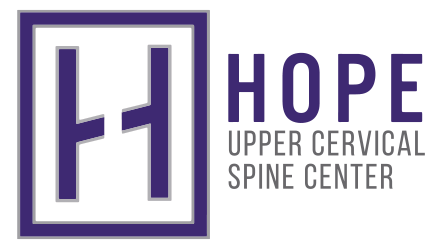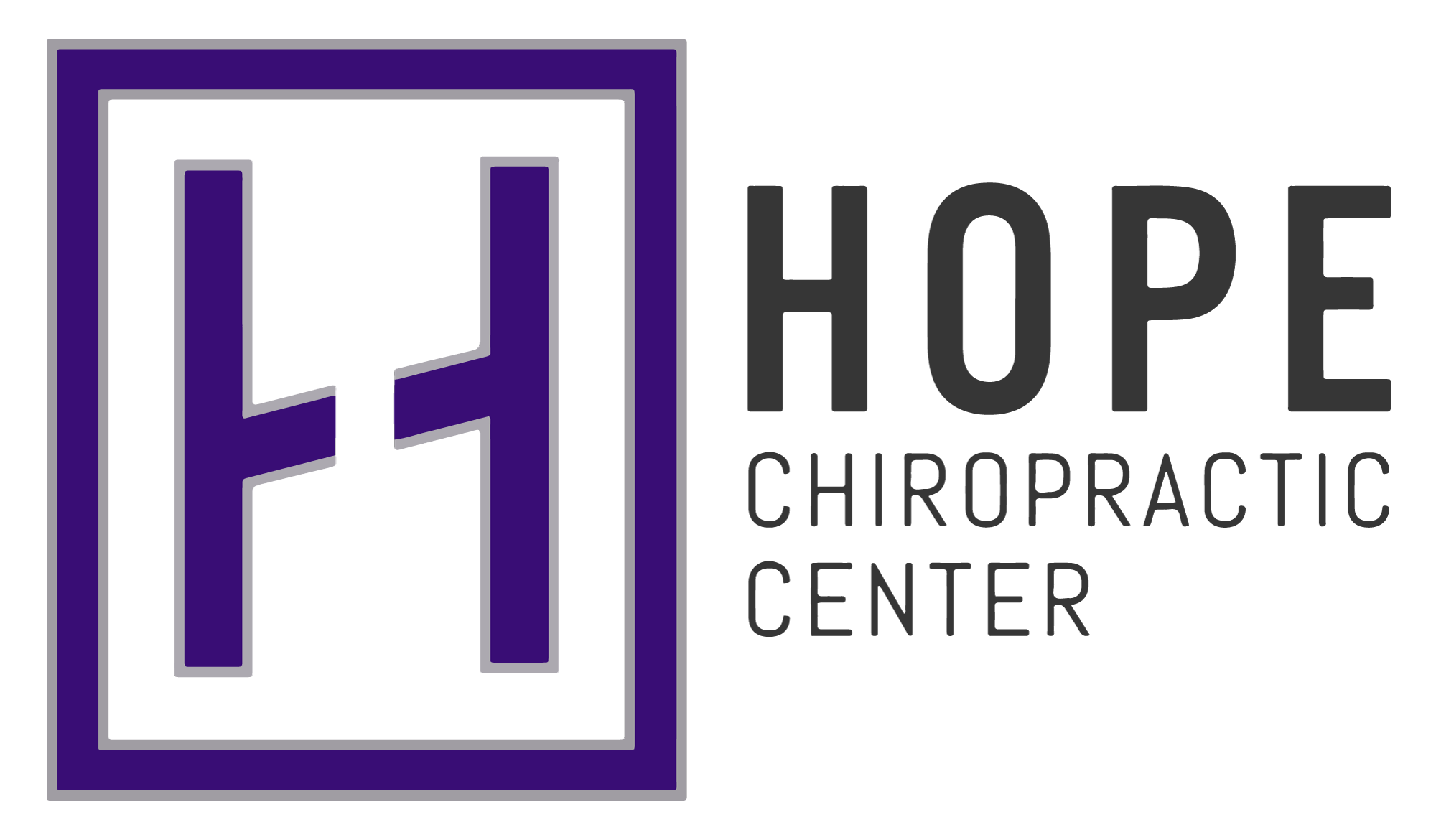
Dizziness can be a disruptive and disorienting experience, making daily activities such as walking, driving, and even standing up a challenge.
While dizziness is commonly linked to inner ear dysfunction, spinal alignment plays a crucial role in maintaining balance and equilibrium. When the upper cervical spine is misaligned, it can interfere with the nervous system’s ability to regulate balance, potentially leading to recurring dizziness.
Dr. Joey Kramer of Hope Chiropractic in Southlake, Texas, explores how spinal alignment influences dizziness and how upper cervical chiropractic care may offer a long-term solution for individuals in Southlake, Grapevine, Colleyville, Westlake, and Trophy Club seeking relief.
Understanding Dizziness and Its Causes
Dizziness is not a condition on its own but rather a symptom of an underlying issue affecting balance and spatial awareness. People experiencing dizziness often describe sensations such as:
- Lightheadedness or feeling faint
- A floating or unsteady sensation
- Disorientation when moving
- Loss of balance or coordination
- A spinning feeling (vertigo)
Dizziness can be triggered by various conditions, including:
- Inner ear dysfunction – Problems with the vestibular system, which controls balance, can lead to dizziness.
- Neurological imbalances – Disorders affecting the brainstem or nervous system may interfere with sensory processing.
- Blood flow issues – Reduced circulation to the brain can contribute to lightheadedness and fainting spells.
- Cervical spine misalignments – The upper cervical vertebrae play a critical role in balance regulation. Misalignment in this area may disrupt brain-body communication and contribute to dizziness.
How the Upper Cervical Spine Influences Balance and Dizziness
The upper cervical spine, specifically the atlas (C1) and axis (C2) vertebrae, is directly connected to the nervous system, vestibular system, and circulatory system. These vertebrae are responsible for:
- Supporting the head and facilitating movement
- Protecting the brainstem, which regulates balance
- Ensuring proper blood flow to the brain
- Allowing cerebrospinal fluid (CSF) drainage to prevent pressure buildup
When the upper cervical spine becomes misaligned due to injury, poor posture, or repetitive strain, it can create issues that contribute to dizziness, including:
- Brainstem compression – Misalignment of the atlas vertebra may put pressure on the brainstem, affecting balance regulation.
- Disrupted nerve signaling – The brain relies on clear nerve communication to maintain equilibrium. When interference occurs, dizziness may result.
- Reduced blood flow to the brain – The vertebral arteries travel through the cervical spine. Any misalignment can restrict circulation, leading to dizziness and lightheadedness.
- Inner ear dysfunction – The vestibular system relies on proper neurological function. If signals from the spine are disrupted, dizziness may occur.
By addressing upper cervical misalignment, chiropractic care may help restore nervous system balance, improve circulation, and support inner ear function, ultimately reducing dizziness symptoms.
Can Upper Cervical Chiropractic Help with Dizziness?

Upper cervical chiropractic care focuses on correcting spinal misalignments that may contribute to dizziness. Unlike conventional treatments that rely on medication to suppress symptoms, chiropractic adjustments aim to address the root cause of balance disturbances.
Benefits of upper cervical chiropractic care for dizziness include:
- Improved nervous system function – Restoring alignment helps eliminate nerve interference, allowing for better balance regulation.
- Enhanced blood circulation – Proper vertebral positioning supports optimal blood flow to the brain, reducing dizziness.
- Better vestibular system performance – The brainstem, spinal cord, and inner ear must work together for balance. Chiropractic care promotes efficient communication between these systems.
- Reduction in muscle tension and postural strain – Tight neck muscles and poor posture can contribute to dizziness. Upper cervical adjustments help release tension and realign the spine.
Many patients with chronic dizziness report noticeable improvements after correcting upper cervical misalignments.
What to Expect from Chiropractic Care for Dizziness Management
If you suffer from recurrent or unexplained dizziness, a chiropractor will conduct a detailed evaluation to determine whether spinal misalignment is a contributing factor.
A typical assessment includes:
- A thorough spinal examination and postural analysis
- Advanced imaging (X-rays or CBCT scans) to identify upper cervical misalignments
- Gentle, precise chiropractic adjustments to restore proper alignment
- Ongoing monitoring to track progress and prevent recurrence
Unlike traditional chiropractic adjustments, upper cervical techniques do not involve twisting or forceful movements. Instead, the focus is on precise and gentle corrections that allow the body to realign naturally.
The Long-Term Benefits of Upper Cervical Chiropractic for Dizziness
For many individuals, dizziness can be a chronic, frustrating condition that limits daily activities. Upper cervical chiropractic care provides a natural and sustainable approach to balance restoration by:
- Supporting brainstem function to prevent miscommunication between the brain and body
- Enhancing blood circulation to improve oxygen supply to the brain
- Correcting poor posture that contributes to dizziness
- Promoting inner ear stability for long-term balance support
By addressing spinal health, chiropractic care empowers the body to regulate balance more effectively, reducing dizziness episodes over time.
Hope Chiropractic: A Natural Approach to Dizziness Relief
At Hope Chiropractic, Dr. Joey Kramer and his team specialize in upper cervical chiropractic care to help patients struggling with dizziness regain control of their balance and well-being. By correcting spinal misalignments and restoring nervous system function, they aim to provide lasting relief from dizziness without the need for medications.
If dizziness is affecting your daily life, consider upper cervical chiropractic as a natural solution. Contact Dr. Joey Kramer at Hope Chiropractic, serving Southlake, Grapevine, Colleyville, Westlake, and Trophy Club, to schedule an evaluation and learn how spinal alignment may help restore your stability.
Medical Disclaimer
This article is for informational purposes only and is not intended as a substitute for professional medical advice, diagnosis, or treatment. Always seek the advice of your physician or other qualified healthcare provider with any questions you may have regarding a medical condition.
Never disregard professional medical advice or delay in seeking it because of something you have read here.


